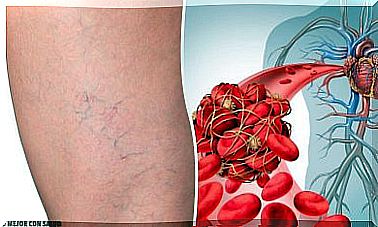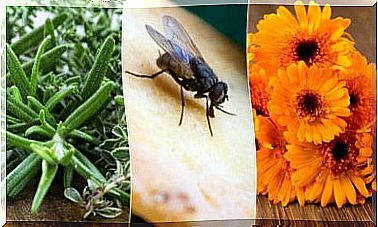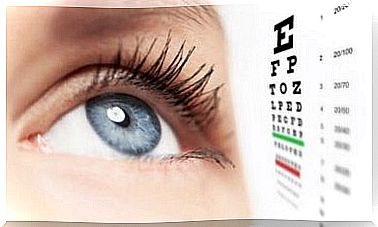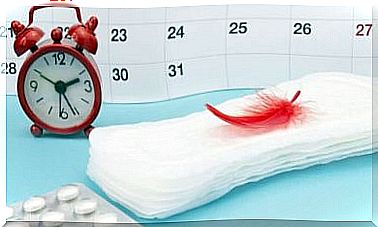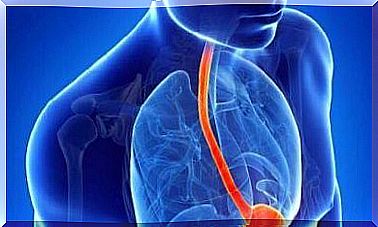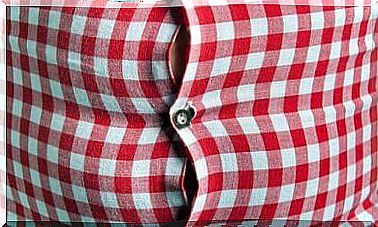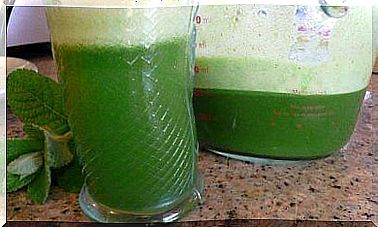Support Your Heart With Six Low-sodium Foods
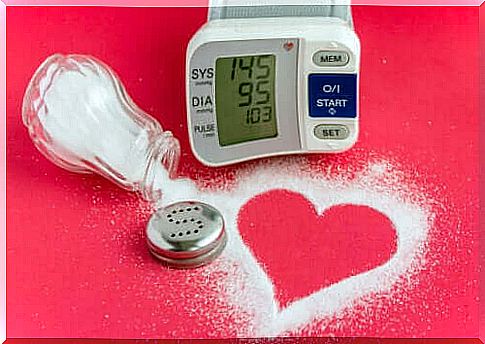
Cardiovascular diseases are the deadliest diseases in the world and for treatment it is important to include low sodium foods in the diet. This is because high salt intake is directly linked to conditions such as high blood pressure. Switching to healthier products is therefore a priority.
The world’s population eats twice as much salt than the recommended amount set by the World Health Organization (WHO). So people should consume just five grams of salt or two grams of sodium per day to lower blood pressure and cardiovascular risk.
Mattes and other researchers indicate that 77% of sodium comes from processed foods and 12% from natural foods.
So you should try to avoid consuming salt from over-processed commercial foods. Including natural foods in your diet is actually the safest way to eat less sodium.
Low sodium foods
According to UNC Health Care in the US, a low sodium diet is a diet that limits the amount of table salt to one teaspoon per day. This means no more than 2,300 milligrams of sodium per day. It can help lower the risk of hypertension and thus promote good heart health.
The Heart Foundation recommends a slightly stricter diet for controlling high blood pressure. They suggest a sodium intake of one gram per day. Here are the six types of natural foods that are low in sodium.
1. Vegetables
Fresh vegetables are generally low in sodium. The sodium content of leafy greens can range from 70 milligrams to 150 milligrams per 100 grams.
The following vegetables contain between 15 and 30 milligrams of sodium:
- sweet corn
- Broccoli
- pumpkin
- eggplant
- sweet potato
- carrots
The following vegetables contain less than 10 milligrams, according to the INCAP food table:
- Cauliflower
- onion
- tomato
- cucumber
According to studies, people should eat four to five servings of raw vegetables every day. This suggestion is consistent with the DASH diet, which was developed in the US for the control of arterial hypertension.
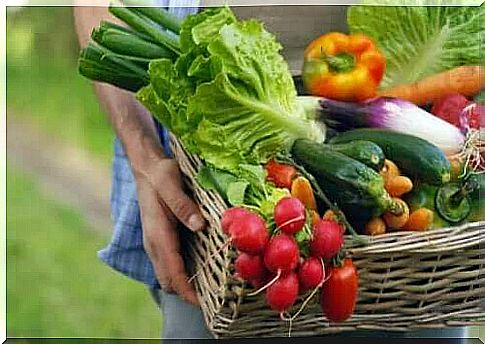
2. Fruits are low in sodium
In general, fruits have a fairly low sodium content, at less than 10 milligrams. They also provide pigments that give them a wide variety of colors that have an antioxidant effect.
They also contain high amounts of potassium, magnesium and fiber. The DASH diet recommends four to five servings per day. A serving is one medium fruit or half a cup of chopped fruit.
The Spanish Heart Foundation (Spanish link) recommends about three pieces of fruit a day. These are for example:
- a piece of apple
- two lemons
- a slice of watermelon
- four oranges with juice
- a plum.
In the second week you can add one pomegranate, five grams of raisins and 75 grams of avocado.
3. Potatoes
This is one of the low sodium tubers. You have to be careful how you prepare them!
- For example, the value of an unpeeled boiled or baked potato without added salt is between 10 milligrams and 14 milligrams per 100 grams.
- A peeled boiled potato contains only five milligrams.
- Mashed potatoes with milk and butter can increase this level to over 300 milligrams per 100 grams.
Studies suggest incorporating potatoes into omelets, adding chicken pieces if you like, and eating about a pound of potatoes a week.
4. Whole Grains and Cereals
Some health organizations have classified brown rice, oatmeal and quinoa as products that provide less than 5% of the recommended daily intake of sodium. Legumes, such as beans, peas, and lentils are also low in sodium.
Almeida points out that soluble fiber can reduce bad cholesterol, or LDL, which clogs arteries. These fibers include:
- oats
- Quinoa
- barley
- maize
In this regard, Pereira emphasizes that increasing fiber consumption to 10 grams per day can reduce the risk of heart disease.
5. Nuts
Walnuts and other nuts such as hazelnuts, almonds and pecans contain less than 10 milligrams of sodium per 100 grams. The values concentrate up to 37% when you schedule them.
Nuts are also excellent sources of omega-3 fatty acids, which is why they are recognized by the Dutch Heart Foundation as good for the heart.
The DASH diet recommends four to five servings of nuts per week and two tablespoons of oilseeds such as flaxseed or sesame.
6. Lean proteins are a low sodium food
Low-fat proteins are the best choice over meat or vegetable proteins. Beef contains more than 50 milligrams of sodium and fresh fish contains between 40 and 60 milligrams. Two servings of 85 grams each per day ensure a good protein intake.
Fatty fish, such as fresh tuna, salmon and mackerel, are good for heart health. In addition to their low sodium content, they also contain polyunsaturated fatty acids of the omega-3 group.
Another source of protein is milk. All dairy products must be unsalted. Two to three servings per day are recommended.
How much sodium do certain amounts of salt contain?
Common salt is a mixture of 40% sodium and 60% chloride. An overview shows the equivalent amount of sodium in different grams of salt (Spanish link).
That makes it easier to do these calculations:
- 1/4 teaspoon of salt contains 500 milligrams of sodium
- 1/2 teaspoon of salt contains 900 milligrams of sodium
- 3/4 teaspoon of salt contains 1,500 milligrams of sodium
- 1 teaspoon of salt contains 2,000 milligrams of sodium
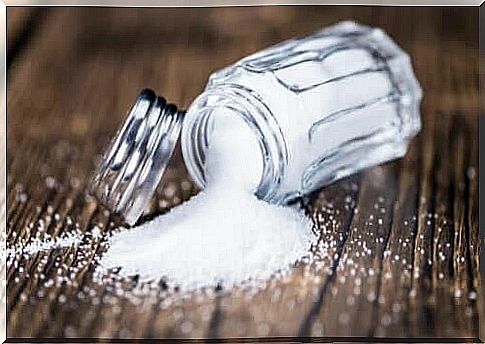
Types of Foods You Should Limit to Avoid High Sodium Intake
There are many foods that you should limit to reduce your daily sodium intake. These are the types that contain the most sodium:
- Commercial canned, preserved, frozen fruits and vegetables and those with gravy and other creamy sauces
- Over-processed commercial grain products such as:
- White bread
- muffins
- Donuts
- cookies
- popcorn with butter
- pastry
- refined white flour
- High-sodium protein foods, such as:
- sausage and cold cuts
- fatty meat
- dairy products
- Oily commercial products such as:
- margarine
- creams
- hydrogenated fats
- thick gravy
- The miscellaneous group includes:
- canned and dehydrated soups
- monosodium glutamate
- mayonnaise
- soy sauce
- dressings
- canned goods in general
Include low-sodium foods in your diet for a healthy heart
Reducing your salt intake should be the first action to get hypertension under control. So, how much salt should you eat every day? Ask your doctor or nutritionist.
However, you already know that you can keep your heart healthy with a balanced diet rich in fresh fruit, just supplementing:
- vegetables
- whole grains
- nuts
- potatoes
- lean meat
Always check the labels of commercial products.

